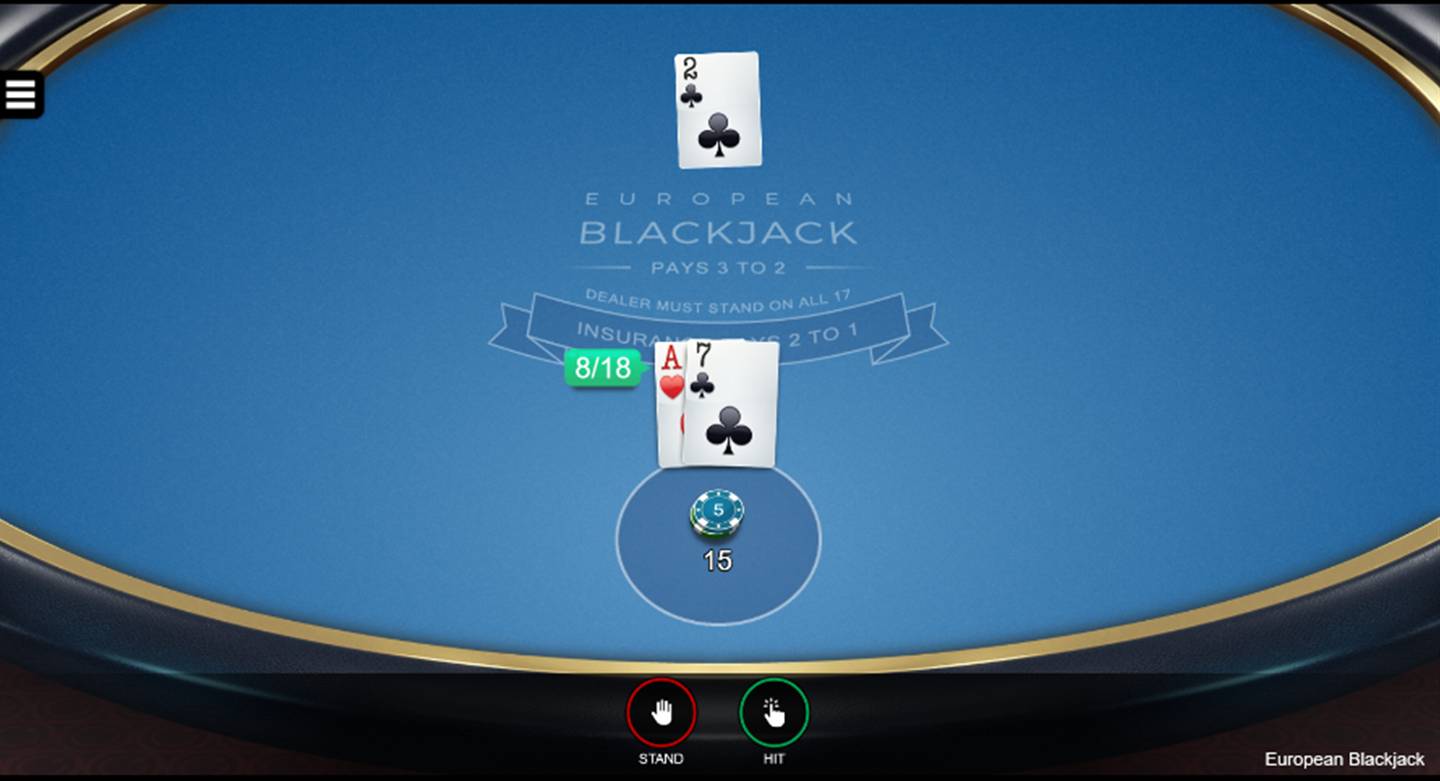European Blackjack is a captivating variant of traditional blackjack that has garnered immense popularity in casinos across Europe and beyond. This version of the game features unique rules and strategies, making it an exciting experience for both seasoned players and newcomers alike. Whether you are playing at a brick-and-mortar casino or online, understanding the nuances of European Blackjack can significantly enhance your gameplay and increase your chances of winning. In this blog post, we will dive deep into the world of European Blackjack, exploring its rules, strategies, and the best ways to enjoy this thrilling card 789win game.
Understanding the Rules of European Blackjack
Before diving into strategies and tips, it’s essential to grasp the foundational rules governing European Blackjack. The differences between this variant and others, such as American Blackjack, can be subtle but impactful.
The Basics of European Blackjack
European Blackjack starts with the dealer and players receiving two cards each. The first significant difference lies in how the dealer’s cards are presented. Unlike American Blackjack, where one of the dealer’s cards is face-up, in European Blackjack, both of the dealer’s initial cards are dealt face down. This change adds an element of suspense and strategy, as players cannot gauge the dealer’s potential hand right away.
Players aim to achieve a hand value as close to 21 as possible without exceeding it. Cards from 2 to 10 are valued at their face value, face cards (Kings, Queens, and Jacks) are worth ten, and Aces can count as either one or eleven, depending on which value benefits the player more. Players can choose to hit (take another card), stand (keep their current hand), double down (double the bet and take one more card), or split (if they have two cards of the same value, separate them into two hands).
The game continues until all players have acted, and thereafter the dealer reveals their hidden card. If the dealer has a natural blackjack (an Ace and a ten-value card), they win automatically unless a player also has a blackjack, leading to a push (tie).
Dealer’s Play and Payouts
In European Blackjack, the dealer must hit on soft 17 (a hand containing an Ace valued as 11 that totals either 7 or 17), differing from some rule sets found in other variants. This requirement can influence players’ strategies significantly since the dealer may end up with strong hands more frequently than in games where the dealer stands on soft 17.
Payouts in European Blackjack follow traditional standards: a winning hand typically pays 1:1, while a natural blackjack pays 3:2. Some casinos may offer different payout structures, so always check the specific game’s terms before playing.
Insurance and Side Bets
Insurance is another key feature in European Blackjack. When the dealer shows an Ace, players can place an insurance bet, which is a side bet that the dealer has a blackjack. While insurance can provide some protection, it often leads to a lower overall return when employed regularly. Understanding whether to take insurance based on your hand and the dealer’s visible card is crucial to developing better strategies.

I am really inspired with your writing abilities as smartly as with the format on your blog. Is that this a paid subject or did you modify it your self? Anyway stay up the excellent high quality writing, it’s rare to see a great weblog like this one today!